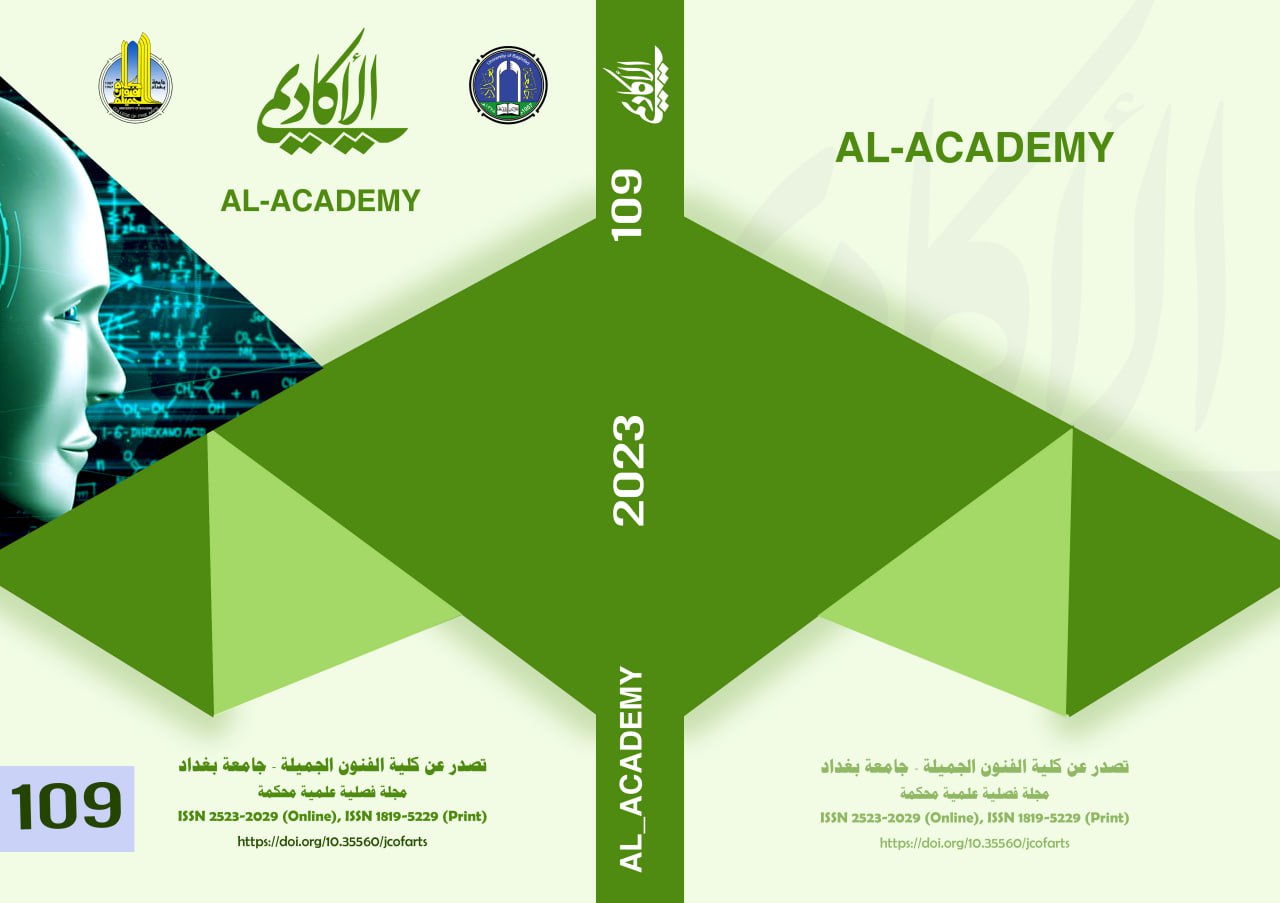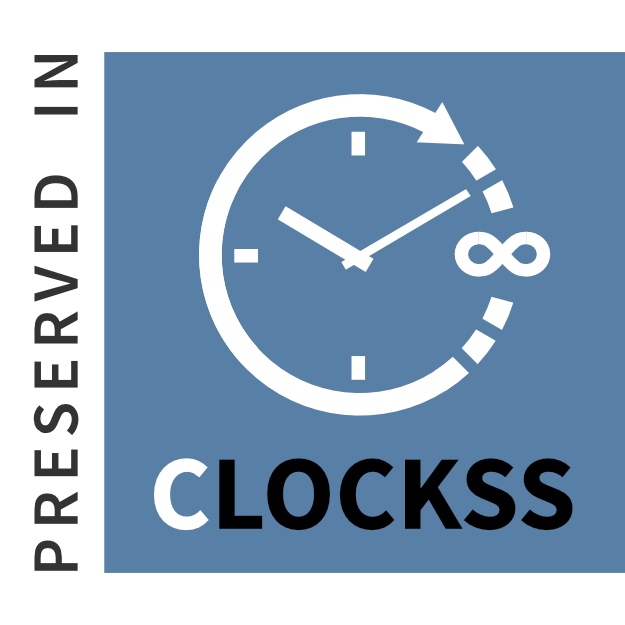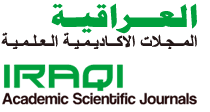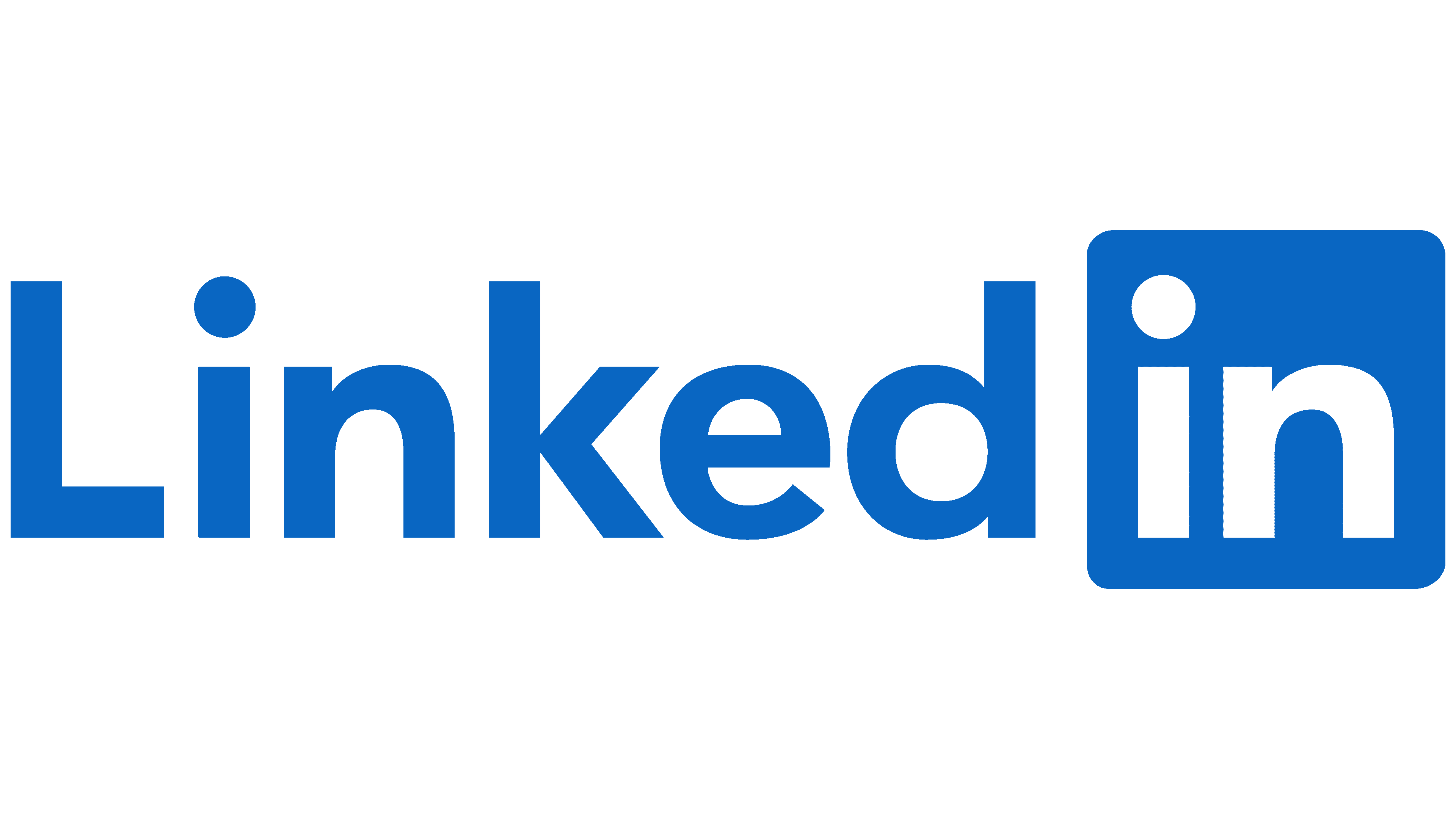Drawing inspiration from organic natural forms in stereoscopic sculptures (A survey according to Evo-devo science)
DOI:
https://doi.org/10.35560/jcofarts1174Keywords:
Art - Holographic art - Evo-DevoAbstract
By reading the book (Endless Forms Most Beautiful: The New Science of Evo Devo) by Sean B. Carroll, new horizons opened up about the nature of the formation of the living organism. Although he presented the idea that the artist was influenced by the material assets of nature in his holographic art formations, the new science of Evo-Devo (Evolutionary Developmental Science) provided models worth standing on when comparing the similarity of the formation of living organisms on the one hand, and the formation of works of art with holographic organic bodies on the other. But the excitement lies in the fact that the formation of living natural organisms is often driven by subtle intelligent mechanisms that are different from the mechanisms used by the artist in stereoscopic organic formations. Holographic art formation is carried out with preconceived schemes and perceptions stuck in the artist's mind, which is not necessarily similar to the tools of nature in shaping the body of a living organism. This study comes to address (the stages of production for the artist) more than it addresses (the final product) of the holographic artwork, in an attempt to imagine the extent to which the artist was involuntarily or involuntarily influenced by nature as recounted by Sean Carroll in writing, relying on scientific experiments in evo devo science. Based on the exceptional content in the book (Endless Forms Most Beautiful: The New Science of Evo Devo), this study comes to complement one of the building blocks of our perception of the artist's plastic abilities and the relationship of his holographic visual perceptions with nature, and explores the idea of formation and its growth beyond the final form of holographic artworks.
References
كارل.شون (2016)، أشكال لا نهائية غاية في الجمال، دار كلمة للنشر، هيئة أبوظبي للسياحة والثقافة.
The Embryo Project Encyclopedia. Fate Map | The Embryo Project Encyclopedia. (n.d.). Retrieved November 6, 2022, from https://embryo.asu.edu/pages/fate-map
Vogt, W. (1929). Gestaltungsanalyse am Amphibienkeim mit örtlicher vitalfärbung. Wilhelm Roux' Archiv Für Entwicklungsmechanik Der Organismen, 120(1), 384–706. https://doi.org/10.1007/bf02109667.
Rudel, D., & Sommer, R. J. (2003). The evolution of developmental mechanisms. Developmental Biology, 264(1), 15–37. https://doi.org/10.1016/s0012-1606(03)00353-1
Edward Juler, ‘Life Forms: Henry Moore, Morphology and Biologism in the Interwar Years’, in Henry Moore: Sculptural Process and Public Identity, Tate Research Publication, 2015, https://www.tate.org.uk/art/research-publications/henry-moore/edward-juler-life-forms-henry-moore-morphology-and-biologism-in-the-interwar-years-r1151314, accessed 17 November 2022.
Read.Herbert (1934), Henry Moore Sculptor, London, pp.14–5.
المعمري.بدر (2020)، ظهور وأفول نظرية تناصف الدماغ: مراجعة تاريخية لتطور نظرية تفسير النشاط الفني الإنساني، مجلة الاكاديمي، العدد 97، جامعة بغداد.
Grigson.Geoffrey (1943), Henry Moore, Harmondsworth, p.8.
Brauer, F., Keshavjee, S., & Dandona, J. (2016). In Picturing evolution and extinction: Regeneration and degeneration in modern visual culture. essay, Cambridge Scholars Publishing.
Downloads
Published
Issue
Section
License
Copyright (c) 2023 Badar Mohammed Almamari, mohammed Haroun

This work is licensed under a Creative Commons Attribution 4.0 International License.













